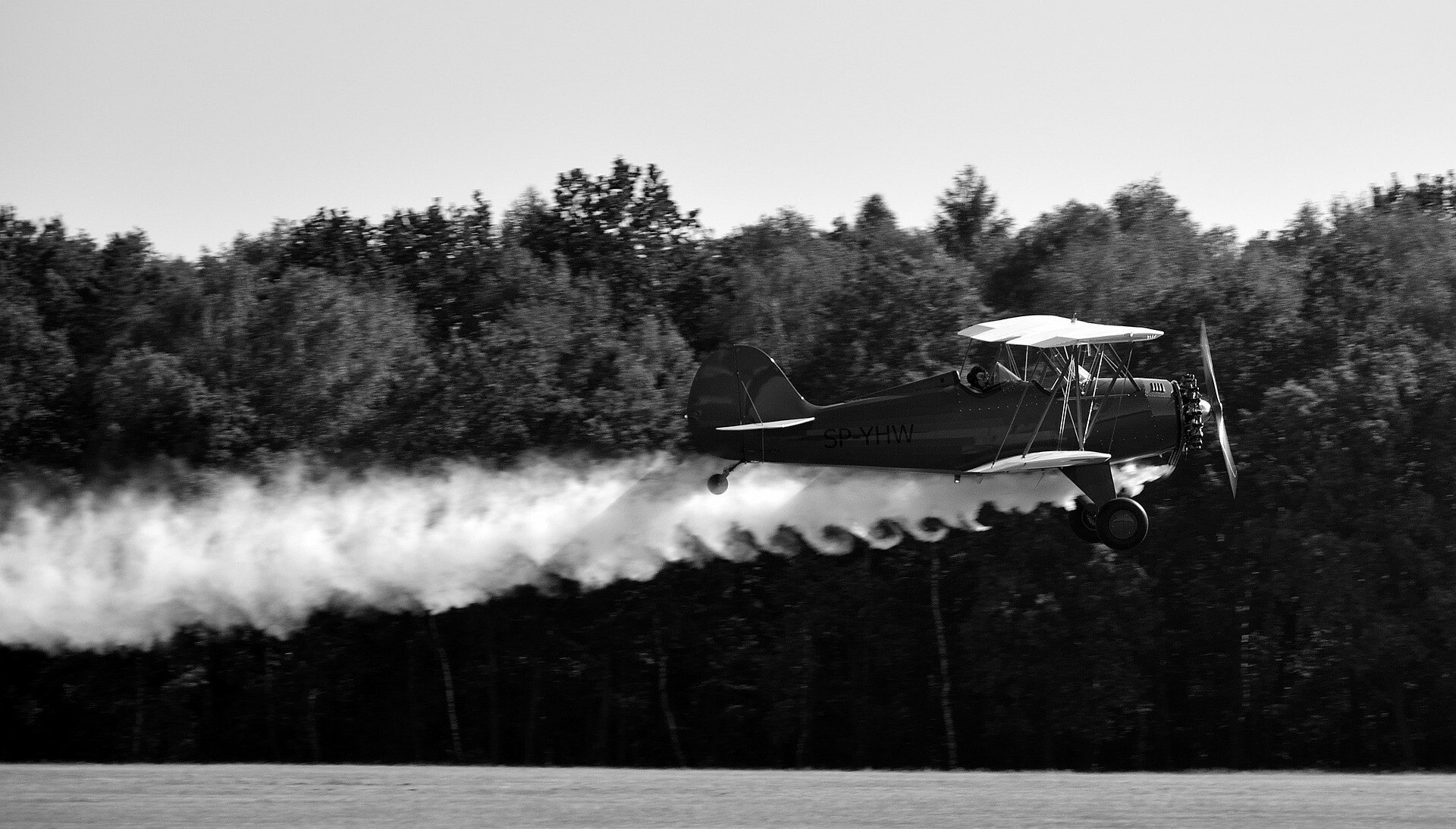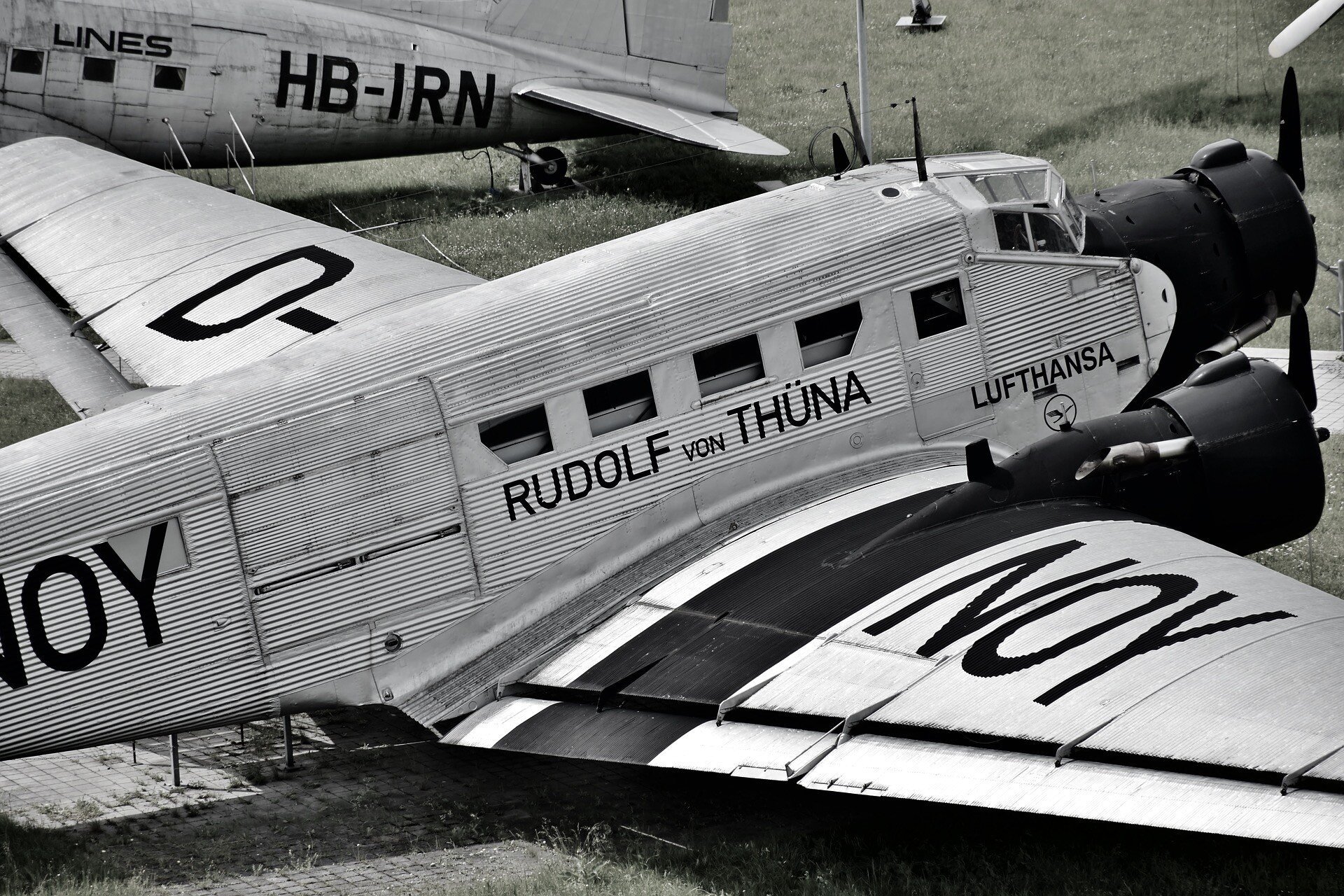Noise Certificate
Summary
Updated: 4/27/2025 Read time: 6 min
All aircraft need a noise certificate or an exemption document when operating internationally. FAA-registered aircraft have noise data published in the AFM, and if not modified by STC, showing the AFM reference will satisfy an inspection. You can create a custom noise certificate here.
Details
FAR 91.703
This is a gem of a regulation you have probably never read: 91.703 – OPERATIONS OF CIVIL AIRCRAFT OF US REGISTRY OUTSIDE OF THE UNITED STATES. It is located in Part 91, Subpart H, beyond fractional and large aircraft regulations.
I would consider it a cornerstone regulation for international travel because it explains which rules you must follow.
91.703 (A)(Paraphrase)
Follow ICAO Annex 2 (Rules of the Air) over high seas. This is where the FAA points to non-regulatory material (ICAO recommendations) and adopts them as regulations.
When in a foreign country, operate by their rules.
Comply with Part 91 unless ICAO Annex 2 or foreign regulations say differently.
Use the strictest regulation when they are in conflict.
For this trip to Europe, you need to know CFR Part 91, ICAO Annex 2, and all the regulations for Canada, Greenland, Iceland, the UK, and any other country you plan to fly to. Then, given any situation, you need to be able to overlay them and decide when not to operate as Part 91 describes. Good luck.
The FAA deviates the most from ICAO recommendations compared to any other country. The good news is that within Europe, country-specific regulations are, for the most part, harmonized because of ICAO efforts. While helpful, that is not an excuse for ignorance of the differences.
Resources
The first place to start is purchasing ICAO Annex II for your reading pleasure. It is also available as a read-only document on ICAO’s E-Library. This document lays the regulatory foundation for worldwide operations and is surprisingly simple compared to FARs.
Next, look into the individual countries you will fly into and over. All ICAO countries produce Aeronautical Information Publications (AIPs). You can download them on Foreflight as three separate documents: General (GEN), Enroute (ENR), and Aerodrome (AD). The ICAO differences are listed within the GEN docs, specifically GEN 1.7.
More to follow on AIP’s.
Noise Certificate
So, what does all this have to do with a noise certificate? For some reason, it is buried in the same regulation.
91.703 (A)(5):
Aircraft subject to ICAO Annex 16 must carry onboard documents summarizing the aircraft’s noise operating characteristics and certifications, e.g., a noise certificate.
The regulation is not super precise, so they fleshed it out some more in Advisory Circular AC 91-86. The AC specifies how to comply with ICAO Annex 16, what noise data needs to be in the AFM, and details some Part 36 requirements for aircraft certification.
ICAO Annex 16 - Environmental Protection applies to all aircraft (except grandfathered aircraft). It was initially published in 1974 to address noise. It has since expanded to include emissions. It defines an acceptable noise level from large jets down to light propeller aircraft (less than 19,000 lb MGTOW) and is getting stricter.
In parallel, the FAA created FAR Part 36 - Noise Standards. Small aircraft certified after January 1st, 1980, need to complete noise testing to receive a certificate. Larger aircraft have more strenuous requirements.
Aircraft Noise Documentation
Your aircraft manufacturer has published the certified noise level under ICAO Annex 16 Chapter 10 or FAR 36 Appendix G within your AFM if your aircraft is newer than the above dates. For example, find PC-12 noise information in Section 4 – Normal Procedures, 4.21 Noise Level. The measured decibels for a defined flight phase and power setting are 79.3 dB(A).
This is essential information as some airports charge fees based on noise levels. That number, however, assumes no installed modifications changed the acoustic profile. You may also have to check the installed STC documentation.
The FAA does not issue official noise certificates, as some other countries do. They publish two templates within AC 91-86 that you can complete. One is for aircraft certificated under Part 36 that have noise information. The other is to show you do not have noise information because your aircraft was certified before Part 36.
Technically, if the AFM noise information is accurate, that page should suffice as a noise certificate for most aircraft. However, in some locations, it is not what handlers expect. The AFM page did the job when I needed to produce noise standards, but I have since created an official-looking certificate to speed up processing.
Large Aircraft
Aircraft MGTOW drives many thresholds—the lighter the aircraft, the less certification, regulation, and oversight. For example:
2000 kg (4400 lbs) – Max size aircraft for some airports in Europe
6000 lbs – Basic Med max weight
5700 kg (12,500 lbs) – SMS, equipment, type ratings, many changes here
19,000 lbs – or less = Part 23; Greater than = Part 25 certification
Regarding noise, an MGTOW greater than 34,000 kg (75,000 lbs) or greater than 19 passenger seats requires operators in the EU to register as an EASA Environmental Portal User and submit aircraft noise documentation.
The point of the system is to gather environmental impact information on the EASA level vs. the airport or municipality level. With the collected data, EASA can take measured approaches and reduce the impact of noise and operational disruptions.
While it amounts to more red tape, it is probably better than the alternative. Instead of EASA-wide regulations, this data can be used to implement operational changes specific to an airport.
Aviate
You can fill out and get a Noise Certificate for your aircraft here.
Aircraft greater than 75,000 lbs MGTOW or more than 19 seats, register as an EASA environmental portal user.
Navigate
Article 4 of 22 on your international operations journey. Eject at any time to land at international articles.





